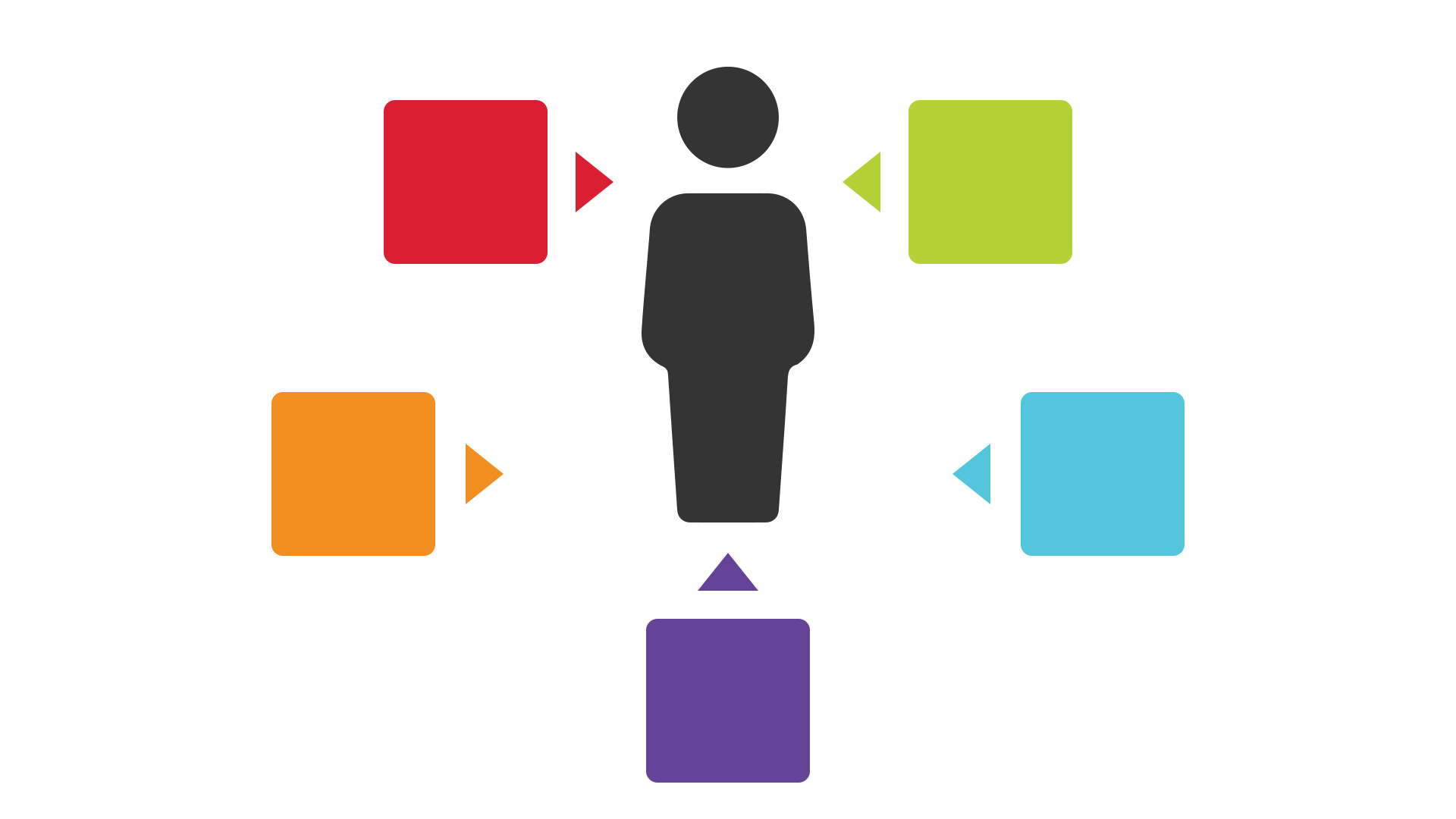The Evolution of Value Chains

This video is part of the Next Digital Economy report, describing the evolution of the value chain. This is part of Horizons’ Economic Futures area of foresight.
Video
Transcription
[Narration]
Value chains bring products and services to you, the customer. Let’s take a look at how value chains have changed from the days of markets and brick and mortar stores, and how they’ll change even more in the Next Digital Economy.
The Bricks and Mortar value chain is straightforward. A product is made in a factory. It’s transported to a retail store. Then, the customer walks into the store and buys it.
When the internet came along, value chains evolved to include e-commerce. The product is now shipped to a warehouse instead of a physical retail store. The customer buys the product from an “e-retailer”, and has it shipped from the warehouse. There’s no need to go into stores, when you can browse stores from all over the world from the comfort of your own home.
Prior to Industry 4.0, manufacturing was based on automated machinery: rapid production of a large scale of the same product for a low price. Industry 4.0 combines flexible robotics – automated machines that can perform many different tasks – and 3D printing. Industry 4.0 produces short runs at lower cost. E-retailers can now offer affordable, personalized goods and services to customers.
While Industry 4.0 transforms the factory, Distributed Networks connect all of the world’s factories together. Complex products, like cars, have parts built all over the world and are then assembled in one factory. Distributed Networks make it easier to establish an international assembly line, by allowing production machinery to communicate with each other through the internet. Customers, designers, 3D print shops and connected machinery coordinate and co-create through online platforms, bypassing traditional manufacturers.
In the Next Digital Economy, personal AIs empower customers, designers, 3D print shops, and all those connected machines. These AI assistants allow everyone to continually consider all available options and choose the best personal outcome. If a customer wants a chair, they would tell their personal AI about their dream chair. Then, a network of AIs, including the customer’s AI, the designer’s AI, the 3D print shop’s AI, and the AIs for all those connected machines, start negotiating and proposing production options. Meanwhile, the customer’s AI would present some options, each made up of its own potential, pop-up value chain.